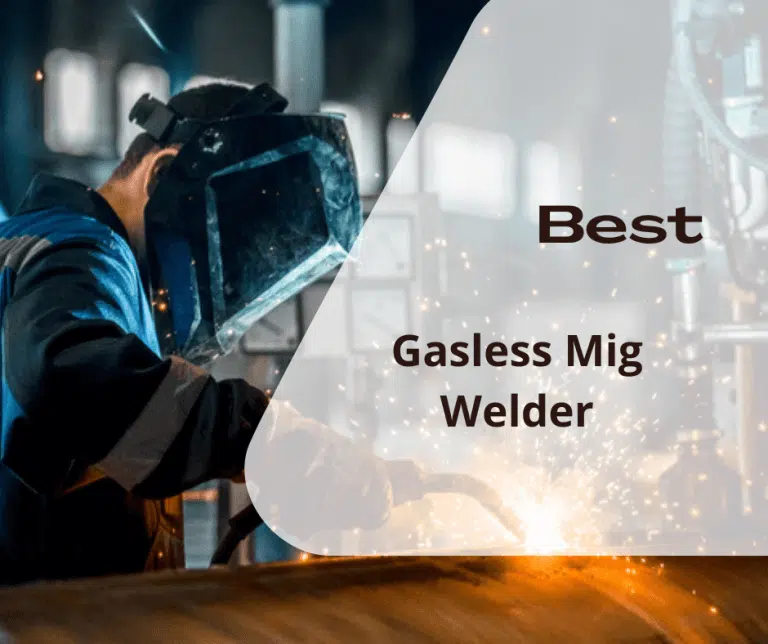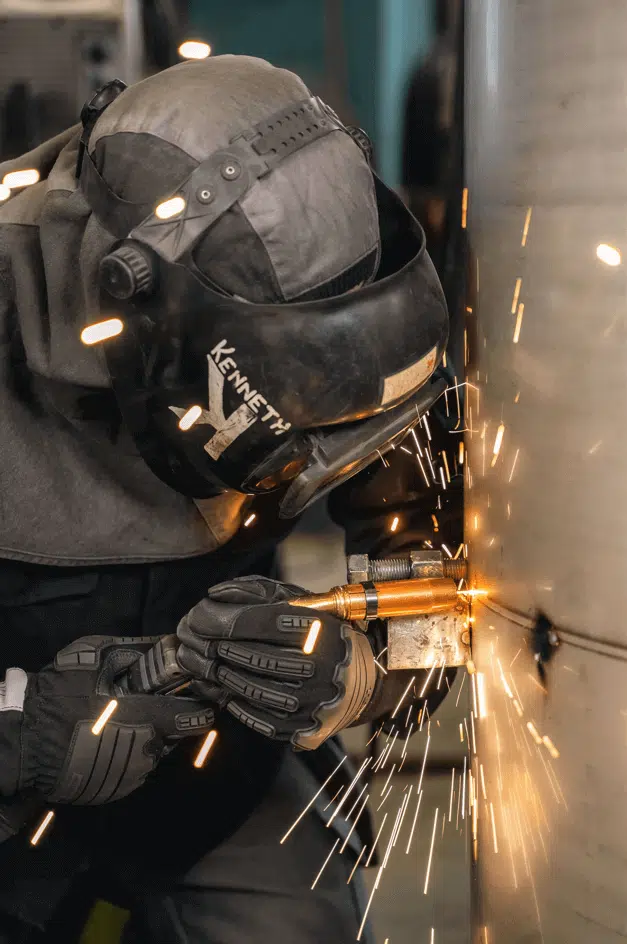

MIG welding, also known as Gas Metal Arc Welding (GMAW), is a highly efficient and versatile method popular in industrial and hobbyist settings. It utilizes a continuously fed wire electrode and a shielding gas to create the weld, protecting it from contaminants in the air. This process is known for its speed and ease of use, making it ideal for welding thin to medium-thickness metals. MIG welders can work with various materials, including steel, stainless steel, and aluminum. One of the main advantages of MIG welding is its ability to produce high-quality, clean welds with minimal splatter. This makes it a preferred method for projects that require a neat finish, such as automotive repairs or the fabrication of consumer goods. The process is also easily automated and commonly used in manufacturing and large-scale production. MIG welding requires skill and understanding of the equipment settings to achieve the best results, including voltage control, amperage, and wire feed speed.
Expanding further on MIG welding, this technique is highly favored for its adaptability and efficiency in various welding situations. The equipment used in MIG welding typically includes a welding gun, a power source, a wire feed unit, a shielding gas supply, and safety gear like gloves and a welding helmet. The welding gun is the primary tool, delivering the wire electrode and shielding gas to the weld area.
One of the defining features of MIG welding is its controllability, which allows for precision in welding thin sheets of metal and thicker structural components. This control is facilitated by adjustable settings on the welding machine, which let the operator fine-tune the heat, wire feed rate, and gas flow to suit the specific requirements of each job.
Moreover, MIG welding is relatively easier to learn than other welding techniques, such as TIG (Tungsten Inert Gas). This accessibility makes it a popular choice for beginners and DIY enthusiasts, though professional welders also use it extensively due to its effectiveness and speed.
Another advantage of MIG welding is its efficiency in terms of welding time. The continuous wire feed means there is no need to stop and start as with stick welding, making it faster and more productive, especially in industrial applications.
However, MIG welding does have some limitations. It is generally less effective on very thick materials and can be less portable than other forms of welding due to the need for a gas supply. It’s also less suitable for outdoor use where wind can disperse the shielding gas.
Overall, MIG welding stands out for its versatility, efficiency, and relatively easy learning curve, making it a staple in professional and hobbyist workshops.
Handler 210 MVP MIG Welder by Hobart 500553
MIG (Metal Inert Gas) welding, also known as Gas Metal Arc Welding (GMAW), is a popular welding method. Here are its pros and cons:
Pros
Cons
In conclusion, MIG welding is a fast, precise, and easy-to-use welding method that produces clean, strong welds. However, it has some drawbacks, such as higher initial costs, less portability, and limitations in outdoor use and welding positions. It also requires a power supply.
In summary, MIG welding stands out as a highly effective and adaptable welding method, ideal for a wide range of applications from industrial manufacturing to home DIY projects. Its simplicity and ease of use make it a go-to choice for beginners, while its efficiency and clean weld production appeal to professionals. However, considerations such as the need for a stable power supply, the cost of equipment and consumables, and its limitations in outdoor or overhead welding scenarios should be taken into account. Whether you’re a seasoned welder or just starting out, the MIG welder is a valuable tool, balancing performance and usability, but it’s important to weigh its advantages against its specific requirements and constraints to determine if it’s the right choice for your welding needs.
Check Out My Reviews On The 10 Best Mig Welder.
Disclaimer:
Our website, www.migweldercart.com, participates in the Amazon Services LLC Associates Program. As an Amazon Associate, we collect commissions on qualifying purchases, but our readers have no difference in price. Our website’s products, brands, trademarks, and pictures belong to their respective owners.